(By Alpha Reproduction – The emotion of art, faithfully reproduced)
An emblematic work of Impressionism
Les Coquelicots by Claude Monet is one of the most famous paintings in the history of Impressionist art. Created in 1873, this masterpiece delicately captures the ephemeral beauty of a flower-filled field, bathed in soft, moving light.
The art of capturing the fleeting moment
Through this painting, Claude Monet demonstrates his exceptional talent for capturing the fleetingness of nature. From a simple rural landscape, he extracts a universal emotion: the simple joy of a summer stroll among the poppies. Each brushstroke, each nuance of color, reflects the very spirit of Impressionism: to paint not what one sees with precision, but what one feels in the face of light and movement.
Why discover Les Coquelicots by Monet?
Understanding the history and analysis of Les Coquelicots allows for a full appreciation of Claude Monet's artistic approach. This painting is much more than a countryside scene: it is an invitation to contemplate nature with a wondrous gaze, to perceive the poetry of the world in its simplest expression.
In this comprehensive guide, Alpha Reproduction invites you to dive into the heart of this major work, to explore its different versions, and to discover why a reproduction of Les Coquelicots can illuminate your interior with timeless beauty.
🎨 Claude Monet and the inspiration behind "Poppies"
The context: Argenteuil in 1873, a period of calm and light
In 1871, after years marked by political instability and war, Claude Monet settles in Argenteuil, a charming town located on the banks of the Seine.
This period marks a personal and artistic renewal for him: he finds peace, light, and inspiration in the surrounding landscapes.

Argenteuil, with its flowering gardens, open fields, and peaceful countryside, then becomes an ideal testing ground for the emergence of the Impressionist movement.
Why does Monet choose to paint a simple field of poppies?
Through Poppies, Monet does not seek to represent a historical subject or a grand scene.
His goal is much more subtle: to capture a moment of life, the fleeting impression of a summer stroll.
By painting a field of poppies, Monet highlights the discreet beauty of everyday life.
He chooses to celebrate the ephemeral, the simplicity, the feeling of being carried by nature, far from urban turmoil.

It is also a way for him to get closer to the authenticity of the gaze: to paint what the eye perceives in the moment, in the dazzle of changing light.
The importance of the natural theme in Monet's work
Nature occupies a central place in Claude Monet's work.
Rather than freezing the world in academic perfection, he prefers to reveal its vibration, its living energy.
Poppies perfectly illustrates this approach: the poppies seem to sway in the breeze, the figures blend into the landscape, and the light delicately shapes the forms.
Throughout his life, Monet will pursue this quest: to capture the play of light on fields, gardens, waterways, and flowers.
Poppies is thus one of the first peaks of a work entirely dedicated to the sensitive observation of the natural world.
👨🎨 Mini-biography of Claude Monet
Claude Monet (1840–1926) is considered one of the major founders of Impressionism, a movement that profoundly transformed the history of art.
Born in Paris, Monet grew up in Le Havre where he discovered his passion for light and landscape at a young age.
After a difficult start marked by public misunderstanding, he asserts his style in Argenteuil in the 1870s, painting on site the vibrant and changing nature.
Later settled in Giverny, he dedicates the last decades of his life to his garden and his famous series of Water Lilies, true masterpieces of observation of light and water.
Throughout his work, Monet celebrates the fleeting moment, the beauty of nature, and the poetry of light.
🖌️ Visual analysis of "The Poppies"
Composition and structure of the painting
The composition of "The Poppies" is both natural and skillfully organized.
The field is crossed by diagonal lines that create a dynamic movement throughout the canvas.
These diagonals guide the viewer's gaze, inviting them to gently traverse the scene, from the foreground to the distant horizon.
Monet also includes a discreet human presence: Camille Monet, dressed in a light dress and a hat, accompanied by their son Jean, appears among the poppies.
Their delicate appearance, almost blended into the landscape, highlights the harmony between man and nature.
Impressionist techniques
In "The Poppies", Claude Monet uses pure colors, applied in small quick strokes, without precise outlines.
This technique, characteristic of Impressionism, suggests forms rather than rigorously defining them.

The bright red of the poppies, the soft green of the grasses, the light blue of the sky: each color vibrates independently while integrating into a luminous harmony.
Through this process, Monet not only captures the appearance of the landscape but also the sensation of movement in the air and the vibration of light on the scene.
The conveyed emotion
"The Poppies" expresses an emotion of lightness, simple happiness, and fullness.
The quiet walk, the warm breath of summer, the gentle presence of poppies give the painting a serene and luminous atmosphere.
"Through this work, Monet invites us to slow down, to contemplate the discreet beauty of the natural world, and to reconnect with the wonder of simple things."
🖼️ The impact of "Les Coquelicots" in the history of art
"A turning point in landscape painting"
"With "Les Coquelicots", Claude Monet does not merely represent a flowering field: he proposes a new way of painting nature."
"At a time when academicism values the precision of forms and historical narration, Monet prioritizes immediate visual impression, capturing light, and the pure emotion of the gaze."
"This approach disrupts the conventions of landscape painting: now, it is no longer descriptive accuracy that prevails, but the atmosphere, the sensation, and the feeling of the moment."
"Les Coquelicots" thus announces the emergence of a freer painting, where the artist becomes a sensitive witness to their environment rather than just a simple illustrator.
"The role of "Les Coquelicots" in the affirmation of Impressionism"
"Les Coquelicots" was presented in 1874 at the famous First Impressionist Exhibition (organized by Monet and his friends in reaction to the rejection by the official Salons), actively participating in the definition of the new movement.

"Through its freshness, spontaneity, and stylistic boldness, the painting embodies the very essence of Impressionism."
"He helps to establish the revolutionary idea that the work of art must convey an ephemeral impression, rather than a fixed representation."
"By defying the academies and showcasing their modern vision of the world, Monet and his contemporaries inaugurate a lasting upheaval in the history of art."
"A determining influence on contemporary artists"
"Les Coquelicots" deeply inspires his Impressionist friends and colleagues:
-
Alfred Sisley extends this search for vibrant light in his river landscapes.
-
Pierre-Auguste Renoir incorporates this idea of luminous movement into his outdoor life scenes.
-
Berthe Morisot and Camille Pissarro take up this work on diffuse light and natural shades.
Through "Les Coquelicots", Monet thus opens a new path, where the act of painting becomes an intimate dialogue with light, nature, and time.
🖋️ An inspiring thought from Claude Monet
« I want to paint the air in which the bridge, the house, the boat are located.
The beauty of the air in which they exist. »
— Claude Monet
Through these words, Monet reveals the essence of his art: not just to represent objects, but to capture the atmosphere, light, and soul of the moment.
It is this subtle quest for the invisible that makes Les Coquelicots such a vibrant and timeless work.
📋 Quick comparison: Les Coquelicots and other floral works by Claude Monet
The evolution of Monet's gaze on nature
Throughout his career, Claude Monet continuously explored flowered landscapes, constantly renewing his approach to light, color, and movement.
Comparing Les Coquelicots to other iconic works allows for a better understanding of the stylistic evolution of the master impressionist.
Here is a quick comparison between three of his major works:
| Work | Year | Location | Characteristics |
|---|---|---|---|
| The Poppies | 1873 | Argenteuil | Instantaneity, field of poppies, human figures integrated into the landscape, impression of lightness. |
| Poppy field near Vétheuil | 1880 | Vétheuil | Softer colors, more intimate atmosphere, beginning of a more abstract approach and blurrier compositions. |
| Nymphéas | 1890–1920 | Giverny | In-depth research on light and the reflection of water, almost total disappearance of classical perspective, pure immersion in color and sensation. |
An artistic trajectory turned towards light
Through these works, one can clearly perceive Monet's evolution:
-
From a quick impression of a lively landscape (The Poppies)
-
Towards a poetic abstraction of forms (Poppy field near Vétheuil)
-
Until the total dissolution of spatial references in the Nymphéas.
This progression shows Monet's deep commitment to painting not just what he sees, but what he feels, at the changing rhythm of the seasons and the hours of the day.
📚 The different versions of "Les Coquelicots"
Presentation of the main known variants
The most famous version of "Les Coquelicots" is undoubtedly the one preserved today at the Musée d'Orsay in Paris, titled Les Coquelicots à Argenteuil (1873).
In this work, Monet offers a light and spontaneous vision of a rural scene, characteristic of his early major Impressionist style.
In addition to this iconic version, Claude Monet explored the theme of poppy fields in several other works, at different periods of his life.
These lesser-known paintings illustrate the landscapes of Argenteuil, Vétheuil, and Giverny, his successive places of residence.
Other fields of poppies painted by Monet in the following years
From 1878, Monet leaves Argenteuil for Vétheuil, then for Giverny, where the rural landscapes continue to nourish his inspiration.
He creates other scenes of flowered meadows, where the liveliness of the poppies is sometimes mixed with other varieties of wildflowers.
Even if the compositions vary, the spirit remains faithful: capturing the emotion of the moment, the vibration of light on natural expanses.
Stylistic evolution between the different versions
In his early representations like The Poppies at Argenteuil, Monet favors a bright and light approach, characterized by broad, quick brushstrokes and a vibrant palette.
Over time, his style evolves: the outlines become even blurrier, the colors more subtle, and the observation of light becomes more profound.
The later fields of flowers testify to an increasing abstraction, heralding the artistic maturity that will culminate in his famous Water Lilies.
Through these different versions, The Poppies remains for Monet a living motif, constantly renewed by light, the seasons, and the emotion of the gaze.
💰 What is the price of Monet's "Poppies"?
Estimation of the historical value of the work exhibited at the Musée d'Orsay
The version of "The Poppies" preserved at the Musée d'Orsay in Paris is considered a national treasure.
In this respect, it is priceless: its heritage status means it is neither for sale nor appraised in the traditional art market.

Beyond its theoretical market value, this work represents a crucial milestone in the history of Impressionism and in Claude Monet's artistic journey.
Prices of other versions or similar paintings by Monet sold at auctions
If The Poppies from Argenteuil is off the market, other paintings by Monet depicting flowered landscapes have reached spectacular prices at auctions:
-
"The Water Lilies" sold for over 70 million euros.
-
"Grainstacks" (a neighboring series in its approach to nature and light) reached nearly 98 million dollars in 2019.
A comparable painting representing a flowered field or a similar impressionist scene by Monet can today be traded between 15 and 50 million euros, depending on rarity, condition, and historical significance of the work.
Influence of "The Poppies" on Monet's overall value today
"The Poppies" significantly contributes to Monet's aura and exceptional value in the international art market.
Its influence is such that every work of Monet evoking nature, flowers, or spring light enjoys very high demand.

The universal recognition of this painting has strengthened Monet's reputation as the absolute master of Impressionism, placing each of his works among the most sought after by private collectors and museums worldwide.
🖼️ Our tips for choosing your Monet reproduction
Enhance your interior with a faithful impressionist work
Opting for a reproduction of "The Poppies" by Claude Monet is a wonderful way to bring light, emotion, and refinement to your decor.
To make the most of your artwork and create a harmonious space, here are some practical tips to follow:
🎯 1. Choose a format suitable for your space
The format of the painting plays an essential role in its visual impact.
-
Large format: ideal for dressing a large living room wall or an open space.
-
Medium format: perfect for a bedroom, an office, or a reading corner.
-
Small format: adds a delicate touch in an entryway, a niche, or a hallway.
Consider the proportions of your wall to choose the most harmonious size.
🎨 2. Favor the oil-painted reproduction
Nothing replaces the richness and texture of a hand-painted artwork.
-
Why? An oil reproduction allows you to rediscover the depth of colors, the vibrancy of brushstrokes, and the magic of light unique to Monet's original works.
-
At Alpha Reproduction, each canvas is hand-painted, ensuring an unparalleled emotional and artistic fidelity.
🏡 3. Pair your painting with a simple and bright decoration
To highlight all the freshness of "Les Coquelicots", favor a simple and natural interior decoration:
-
Walls in neutral tones (light beige, pearl gray, soft white).
-
Minimalist furniture and natural materials (light wood, linen, cotton).
-
Soft lighting to accentuate the color nuances and the vitality of the painting.
This approach will allow your reproduction to breathe and enhance its evocative power.
🖌️ How does Alpha Reproduction create your painting?
At Alpha Reproduction, we are committed to restoring all the emotion and authenticity of the masterpieces of art history.
Each reproduction of Les Coquelicots by Claude Monet is made with extreme care according to a rigorous artisanal process:
-
🎨 In oil on real canvas, to rediscover the richness of the material, the vibration of colors, and the original texture of the work.
-
👩🎨 By artists trained in the techniques of the great masters, capable of capturing the subtlety of each stroke and the light so characteristic of Impressionism.
-
🔎 With meticulous quality control at every stage of creation, to ensure a faithful and durable reproduction.
Each canvas we create is a unique piece, hand-painted with passion, ready to enhance your space and bring the magic of authentic art into your home.
🖼️ Reproduce and display "Les Coquelicots" at home
Why choose a hand-painted reproduction?
Choosing a hand-painted reproduction of "Les Coquelicots" by Claude Monet means choosing to bring home all the emotion of Impressionist art.
Unlike industrial prints, a canvas made with oil by an artist faithfully reproduces the textures, color nuances, and light effects that create the magic of the original work.

Each reproduction thus becomes a living piece, where one can feel the quivering of the poppies and perceive the light of a summer afternoon, as Monet dreamed.
At Alpha Reproduction, all our reproductions are executed by hand, with quality pigments and great fidelity to the details of the original painting.
The decorative atmosphere: rustic, elegant, and bright
"Les Coquelicots" brings an atmosphere that is both rustic, elegant, and bright to any interior.
With its soft hues and bright touches of red, this work warms the space without ever weighing it down.
It radiates an impression of natural freshness and harmony, ideal for creating a welcoming and soothing atmosphere.
Whether in a country house or a contemporary apartment, "Les Coquelicots" naturally finds its place.
Tips for integrating this painting into your interior
-
In a living room: place "Les Coquelicots" above a sofa or console to add a touch of life and natural color to the room. A wall painted in light tones (beige, pearl gray, off-white) will enhance the brightness of the whole.

-
In a bedroom: place the canvas above the headboard to create a soft and soothing atmosphere.
The warm tones of the poppies will evoke a dream of a tranquil countryside.
-
In an office: position "Les Coquelicots" opposite your workspace to stimulate your creativity while bringing a sense of escape and freedom.

Each reproduction can be ordered in different formats and with custom frames, to perfectly fit your interior decor.
🎨 Order your reproduction of "Les Coquelicots"
Offer your interior all the freshness and emotion of Impressionism.
At Alpha Reproduction, each canvas is hand-painted, faithfully respecting the original work of Claude Monet.
Revive the magic of "Les Coquelicots" with an exceptional handcrafted reproduction.
Bring natural light, timeless elegance, and all the poetry of a universal masterpiece to your space.
✨ Inspiring conclusion
With "Les Coquelicots", Claude Monet offers us much more than just a landscape: he conveys a pure emotion, that of awestruck contemplation in the face of nature's simple beauties.
This iconic painting reminds each of us how precious it is to slow down, observe, and let ourselves be touched by the light, colors, and softness of the world around us.

At Alpha Reproduction, we are committed to reviving this emotion through hand-painted reproductions, made with passion and rigor.
Each canvas thus becomes a true invitation to serenity, escape, and timeless beauty.
Embrace the natural elegance of "Les Coquelicots", and let all the magic of impressionism, faithfully reproduced, enter your home.
❓ FAQ about Les Coquelicots by Claude Monet
Why did Claude Monet paint Les Coquelicots?
Claude Monet painted Les Coquelicots in 1873 to capture the fleeting impression of a rural landscape in Argenteuil.
His goal was to translate natural light, the movement of air, and the emotion felt in the face of the ordinary beauty of nature, true to the impressionist spirit.
Where is Monet's Les Coquelicots today?
The most famous version of Les Coquelicots, titled Les Coquelicots à Argenteuil, is displayed at the Musée d'Orsay in Paris.
Other representations of flowering fields by Monet are preserved in various public and private collections around the world.
How much is Monet's Les Coquelicots worth?
The painting preserved at the Musée d'Orsay is considered priceless and cannot be sold.
Similar works by Monet depicting flowering landscapes have sold for between 15 and 50 million euros at international auctions.
Are there several versions of Les Coquelicots?
Yes, Monet painted several scenes of flower fields during his career, notably in Vétheuil and Giverny.
Although the 1873 version is the most famous, its later studies show its stylistic evolution and constant search for light.
How to integrate a reproduction of The Poppies into your interior decoration?
A hand-painted reproduction of The Poppies fits perfectly in a living room, bedroom, or office.
It brings a rustic, elegant, and bright atmosphere, ideal for creating a space that is both refined and soothing.
❓ FAQ about Alpha Reproduction
Who is Alpha Reproduction?
Alpha Reproduction is a company specialized in creating artisanal reproductions of famous paintings.
Each artwork is handmade, oil on canvas, by professional artists to faithfully reproduce the emotion and richness of the original.
Why choose Alpha Reproduction to buy a painting reproduction?
At Alpha Reproduction, we guarantee:
-
Hand-painted on real canvas.
-
Certificate of authenticity issued for each artwork.
-
Customizable formats and custom framing.
-
A dedicated customer service, to assist you in choosing your reproduction.
We are committed to reviving the emotion of the great masters through authentic and demanding craftsmanship.
Where do you deliver reproductions?
We deliver our paintings all over the world, with careful and secure packaging.
Each artwork is shipped with a tracking number, and we offer framing options before shipping for a turnkey service.
Can I order a custom painting that is not on your site?
Yes, absolutely!
We also make reproductions on request. You just need to contact us with the title of the desired artwork or send us a reference image. Our team will assist you at every step of your personalized project.




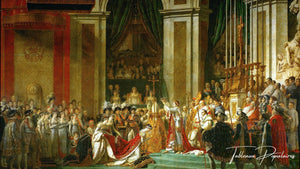
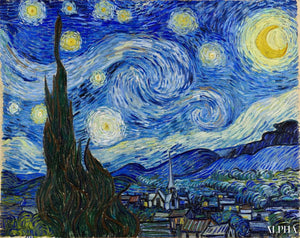
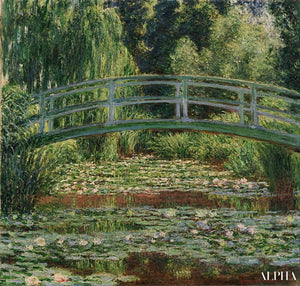
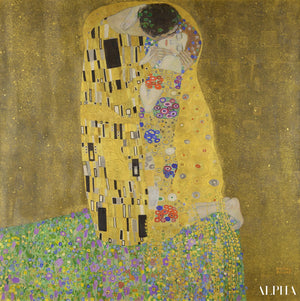
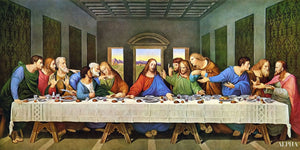
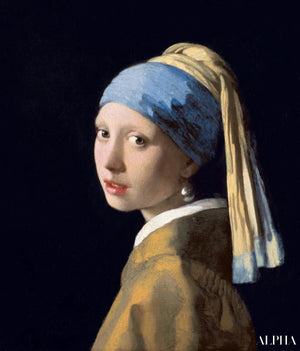
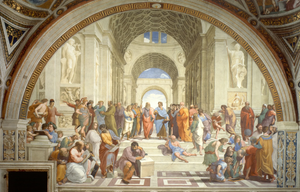
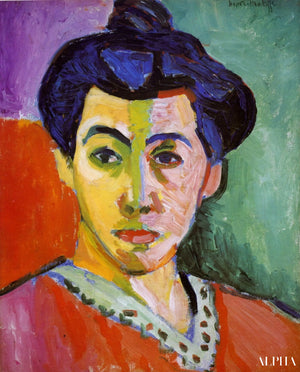
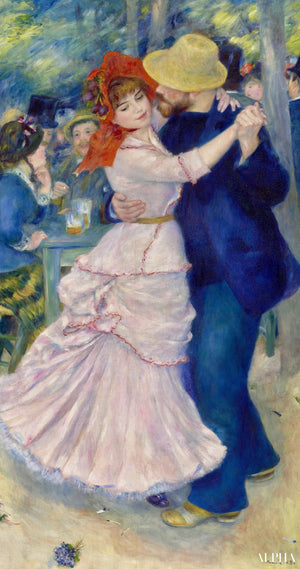
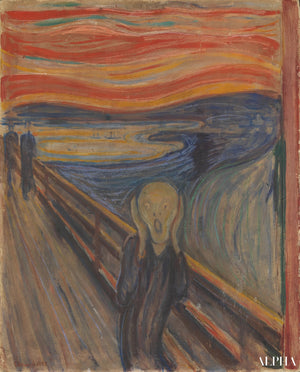
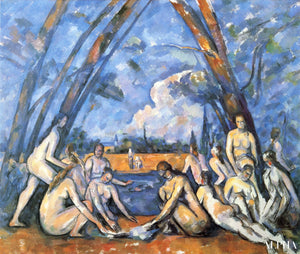
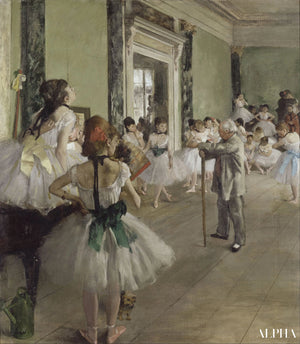
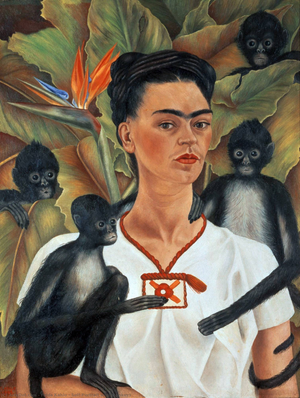
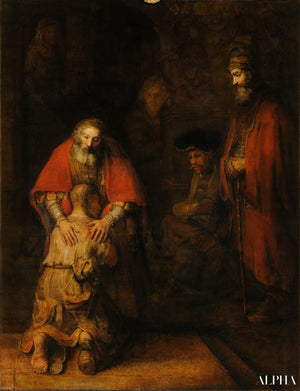
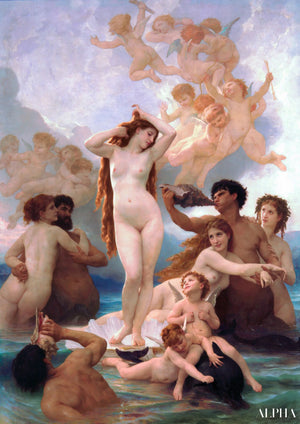
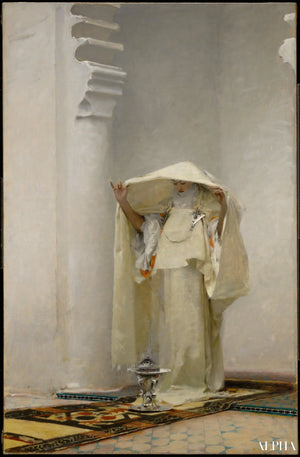
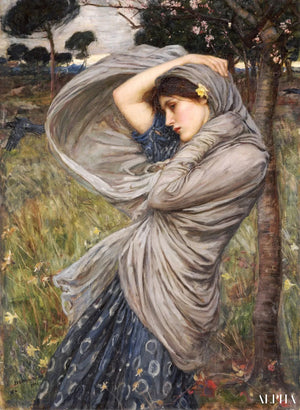
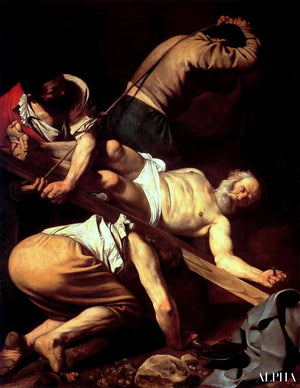
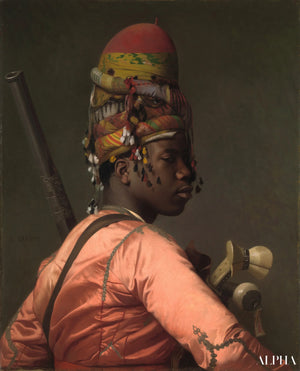
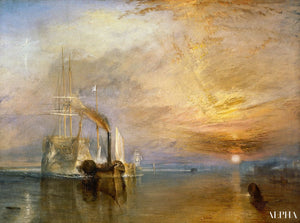



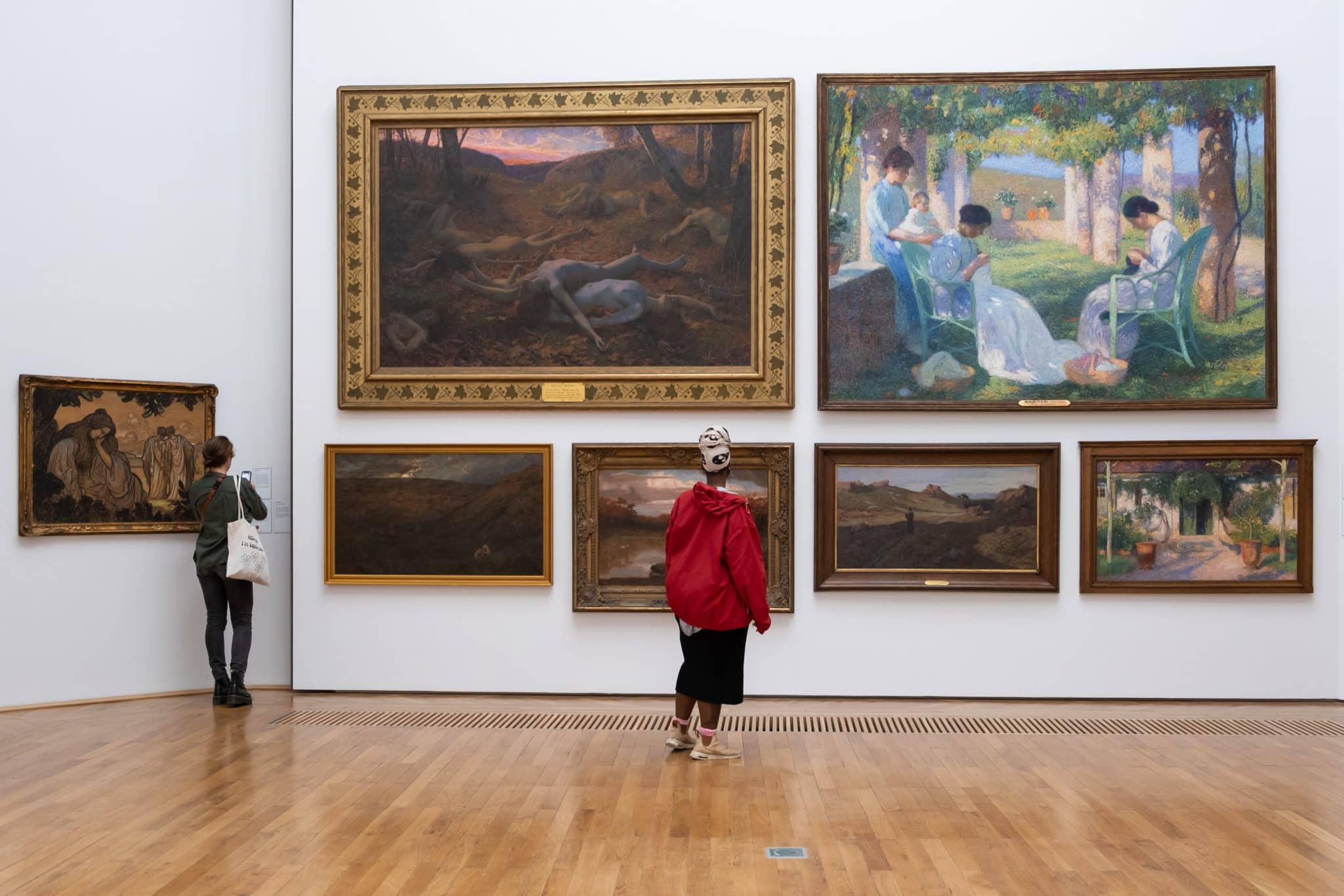
0 comments